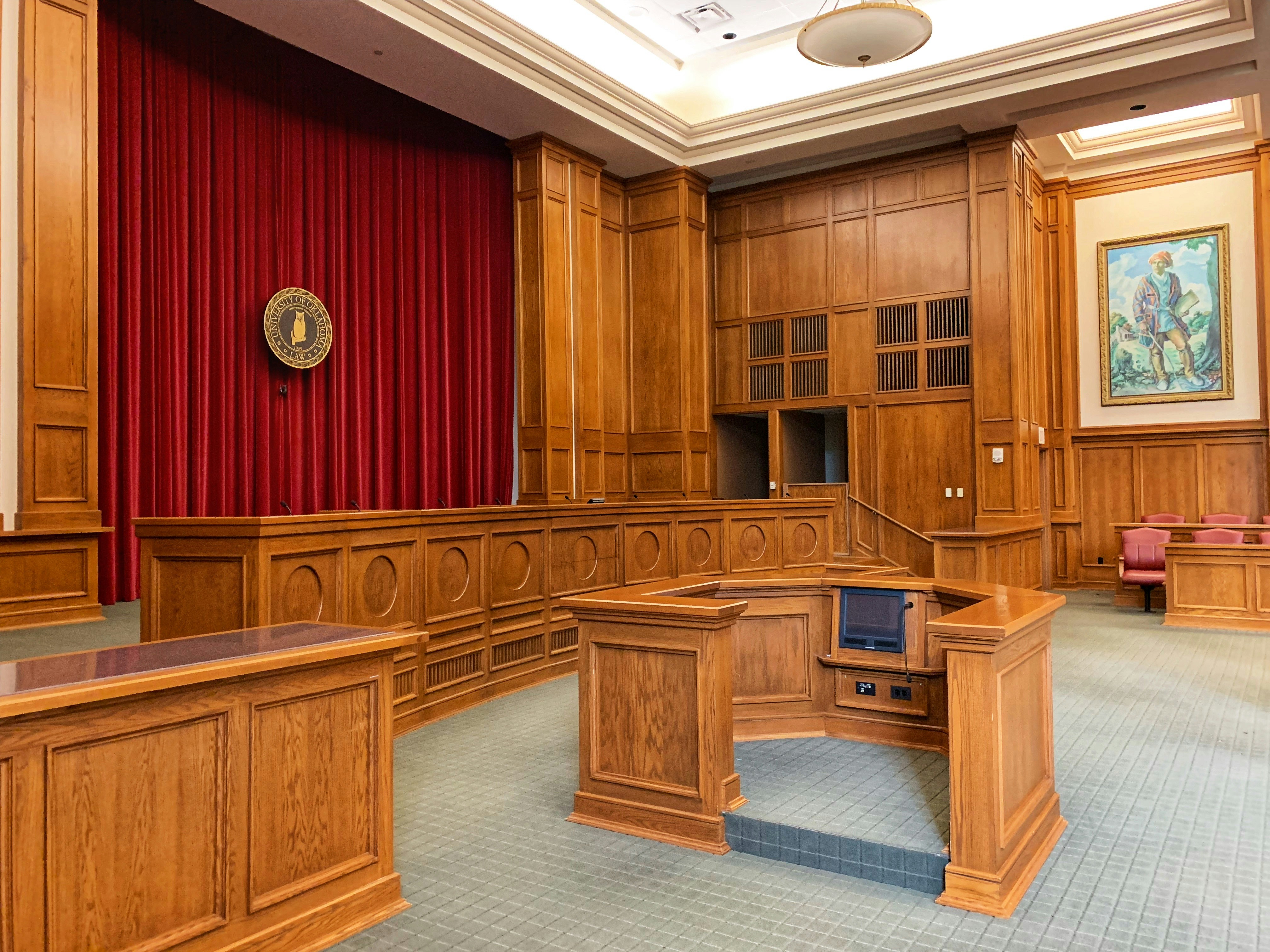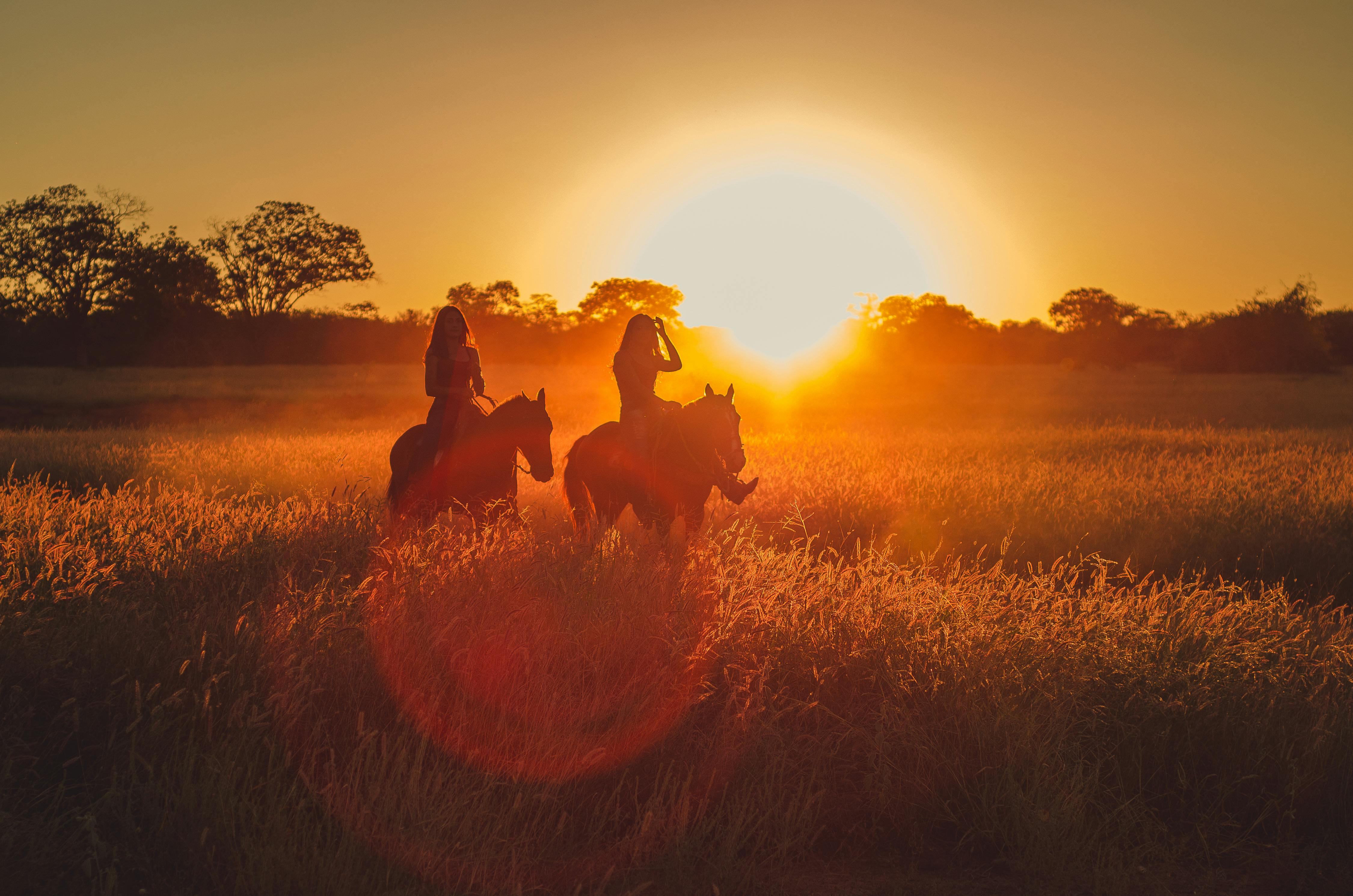Cinematic Poetry: An Up-close Look at the Flourishing Art of Visual Verse
When the worlds of cinema and poetry converge, an intriguing art form known as cinematic poetry emerges. With its roots dating back to the free-flowing cinematic narratives of the 20th century, this genre has recently been rediscovered by a new generation of artists. Today, we delve into the enriching world of cinematic poetry, charting its origins, evolution, and its dramatic renaissance in the 21st century.

A Stroll Down Memory Lane: The Genesis of Cinematic Poetry
The concept of cinematic poetry isn’t new. It was born out of the French “poetic realism” movement in the 1930s, which aimed to blend lyrical elements with gritty realism. Pioneers like Jean Vigo and Marcel Carné, with their emphasis on mood, atmosphere, and symbolism, laid the foundation for what would later become cinematic poetry.
The Advent of Modern Cinematic Poetry
Fast forward to the 21st century, and we see a resurgence of this art form, but with a modern twist. Today, cinematic poetry has become a favorite tool of filmmakers looking to explore the boundaries of visual storytelling. It’s not uncommon now to see films that challenge traditional narrative structures and instead use a fusion of evocative imagery, sound, and spoken-word poetry to convey emotions and ideas.
The Current Landscape
In recent years, cinematic poetry has seen a steady rise in popularity. Notable works like Terrence Malick’s “Tree of Life” and Chloé Zhao’s “Nomadland” are testament to this trend. Both films, characterized by their poetic visuals and narrative subtlety, have received critical acclaim, signaling a growing appreciation for this artistic approach.
The Impact and Significance of Cinematic Poetry
The beauty of cinematic poetry lies in its ability to transcend traditional storytelling boundaries. It encourages viewers to engage with the film on a deeper, more emotional level, fostering a richer understanding and appreciation of the narrative. The rise of cinematic poetry signifies a shift in audience preferences, with an increasing demand for more nuanced, visually rich, and emotionally resonant storytelling.
The Future of Cinematic Poetry
As we look ahead, it’s clear that cinematic poetry is more than just a passing trend. As technology advances and filmmakers continue to experiment with visual storytelling, we can expect to see more innovative and compelling expressions of cinematic poetry. It’s an exciting time for this unique art form as it continues to evolve and inspire a new generation of artists and audiences.
In conclusion, cinematic poetry is a fascinating blend of two distinct art forms, creating a unique cinematic experience that engages, challenges, and moves audiences. Its resurgence in the modern era signifies not only a shift in filmmaking techniques but also a change in the audience’s taste and preferences. As we look forward to the future, cinematic poetry holds an exciting promise of continued growth and innovation.




